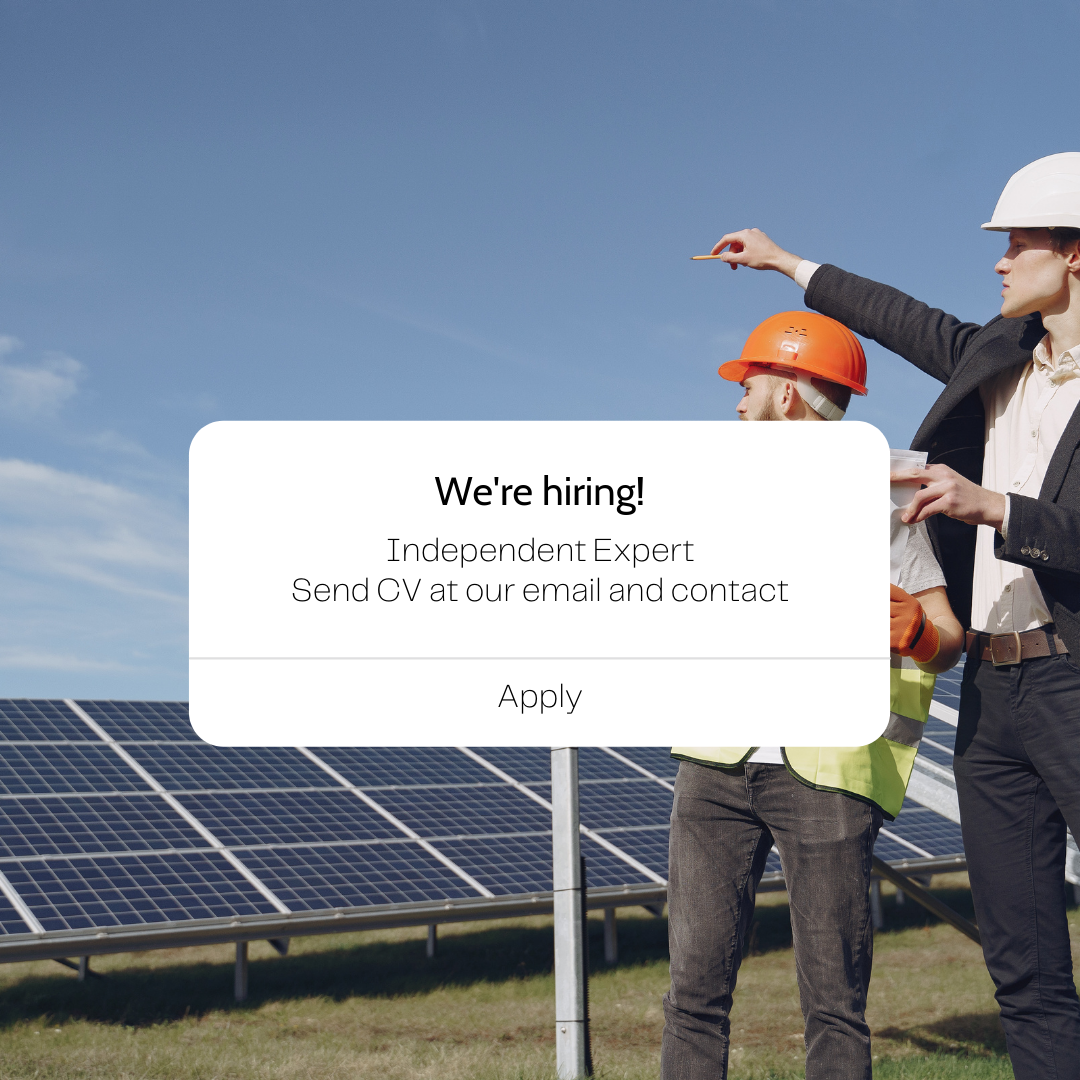
ASEAN Civil Society Conference/ASEAN Peoples’ Forum, September 10 – 12, 2019
Rivers contain diverse and complex resources and ecosystem services include water, energy and aquatic resources to sustain livelihood of the people. Mekong River is home to more than 60 million people and the most productive inland fisheries with unique ecosystem and aquatic resources in the region. The agreement on the cooperation for sustainable development of the Mekong basin 1995 focused on basin-wide benefit-sharing, cooperation, joint planning and information sharing, rights, interests and responsibilities of riparian states for water utilization.
The Mekong region is facing mounting pressures by development projects including mining, logging, overfishing, overexploitation of resources and unsustainable management of water resources. The water-energy infrastructure development, large hydropower dam, is one of the major threats to the Mekong region. China has built several hydropower dams on the upstream of the Mekong River and planned to build more. Lower Mekong countries have also planned to build 11 dams on the mainstream and 120 dams on its tributaries by 2040 (MRC’s council study 2017). The large-scale hydropower projects are posting harms to ecosystems and food supply chains, affecting livelihoods and food sources for downstream communities and often forcing affected communities to relocate. Council Study revealed that the planned dams on the Lower Mekong River and its tributaries will seriously threaten the region’s ecology, food security- local people’s access to sufficient nutritious food and economy. The Environmental Impact Assessment could not ensure and address the concerned issues impactful to ecosystem and people livelihoods. The pressures on the Mekong is also concerned to the Tonle Sap Lake for its water regime change and water quality that link directly to fish spawning and productivity in Tonle Sap Lake which is the beating heart and richest fishery resources for livelihoods and food security of 1.5 million people.
Solution to sustainable development in the mekong exist!
“just energy transition for sustainable development”
Energy demand in South East Asia is expected to rise by 80% and electricity demand to triple between 2015 and 2040. It is a great opportunity for the region to choose a different path “Shift towards sustainable development and resilient economies by leveraging their massive renewable energy potential.” While proponents are seeing positive indicators of energy transition in Southeast Asia, the initiatives require supporting mechanism such as enabling policy, financing and coordinating mechanism for emerging conflicts.
Towards sustainable energy in the Mekong as well as in ASEAN as a whole requires joint effort and participation from all relevant stakeholders including citizens, civil society, private sector and especially ASEAN states to develop inclusive and well-informed policy and ensure equitable access to the fair sharing of water resources in the region. This would be consistent with the MRC’ Council Study recommends that Mekong countries’ governments to seriously consider emerging energy technologies such as solar and wind as energy alternatives to Mekong-destructive dams. International Renewable Energy Agency (IRENA) reported that unsubsidized renewable energy is now most frequently the cheapest source of energy generation and it supports sustainable development. The recent situation in the lower Mekong and recent media outlets have informed about alarming rate of Mekong River water levels that fell dramatically under impact from dam operations and generated insufficient capacity of electricity generation. Countries in the Mekong region including Cambodia had suffered from El Nino phenomenon in early of 2019 that caused the country faced a significant shortage of electricity and daily blackout in a recent dry season. The shortage is seen that because of the government has extremely relied on an electricity generated from hydropower which is run by hydrology from upstream, tributaries and regular monsoon season rain.
Taking this great opportunity of ACSC/APF 2019, as CSOs and for the sake of the ASEAN people, we call for ASEAN governments to take this lesson learnt and opportunity by shifting from non-sustainable energy to diversify other potential sources of energy towards sustainable development and resilient economy by leveraging their massive potential sources of renewable energy which is inclusive and equitable.
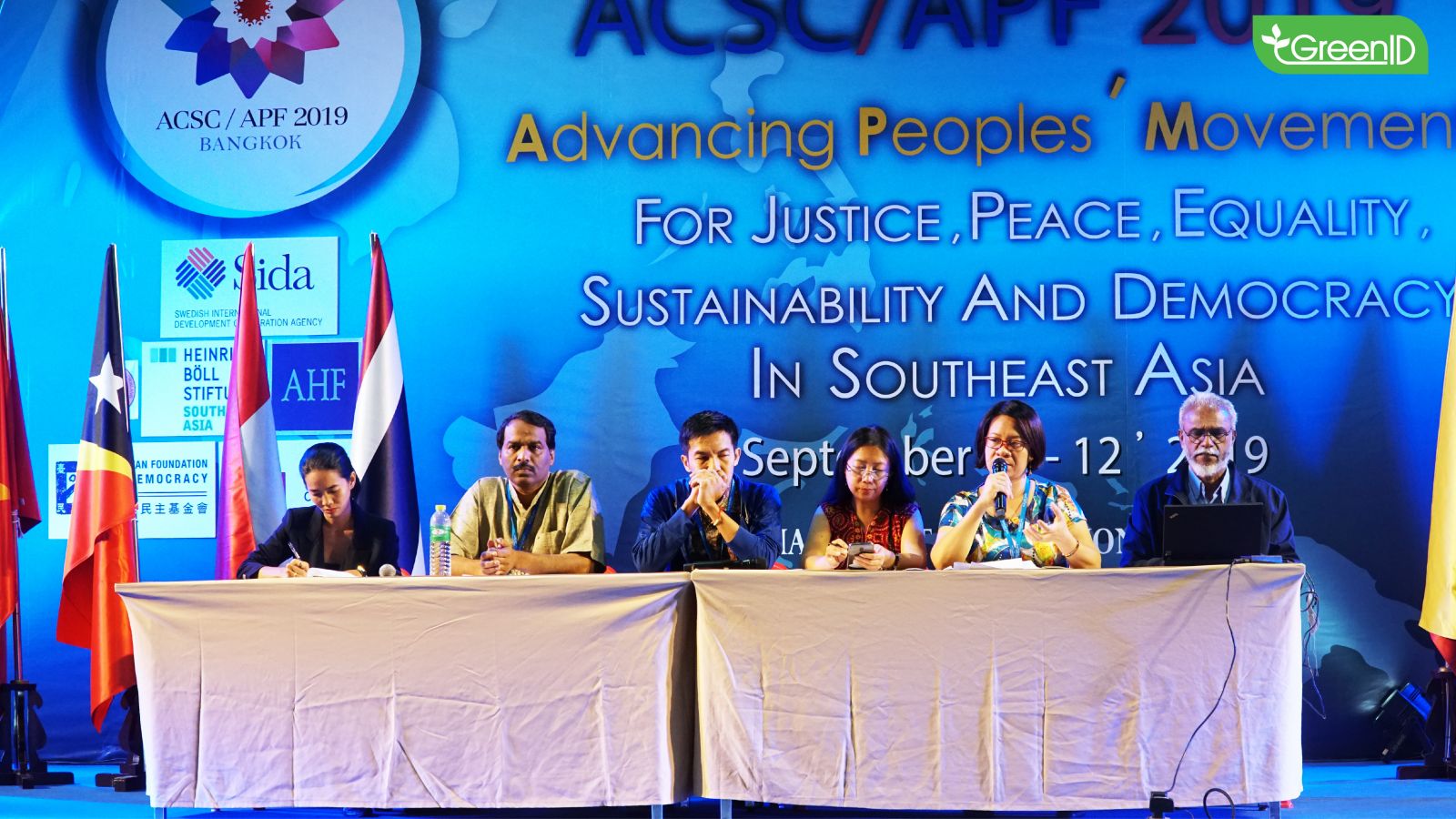
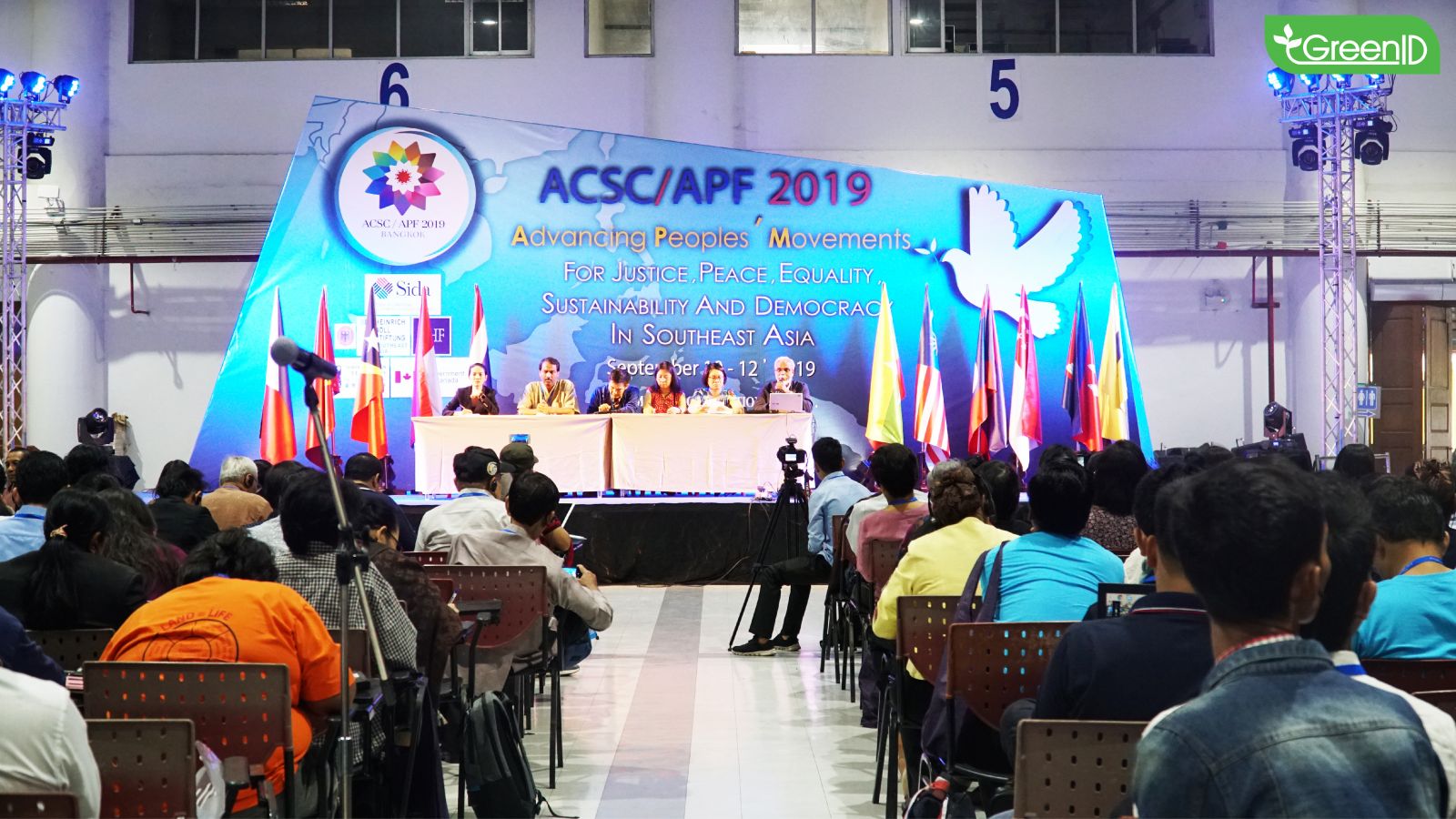
From our learning and sharing of experiences of CSOs and practitioners from the region, we would recommend the governments of ASEAN to:
- Develop enabling policy for just and sustainable energy planning that ensure environmental and ecosystem sustainability in the Mekong and in ASEAN region as a whole. We strongly call for ASEAN governments to shift their non-sustainable energy sources to green, clean and sustainable energy. We highly recommend to incorporate ‘Environment’ in the 4th pillar of ASEAN nation.
- Balance development projects with social and environmental sustainability by ensuing comprehensive free-prior informed consent consultation toward sustainable development that contribute to achieving global Sustainable Development Goals, with the key message of “LEAVING NO ONE BEHIND.”



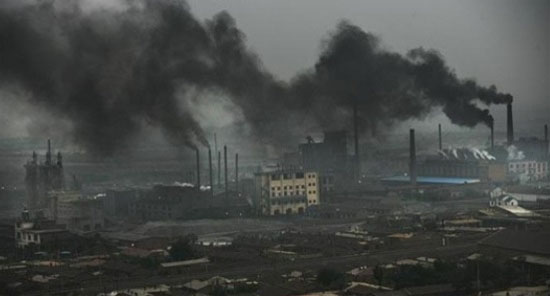
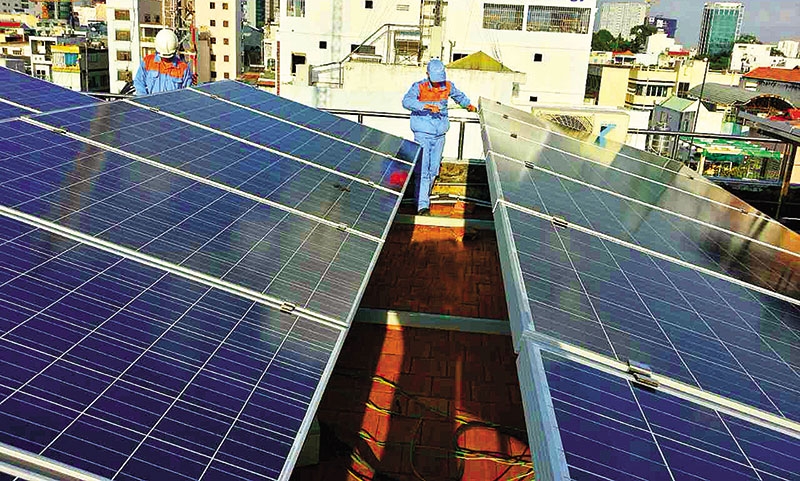
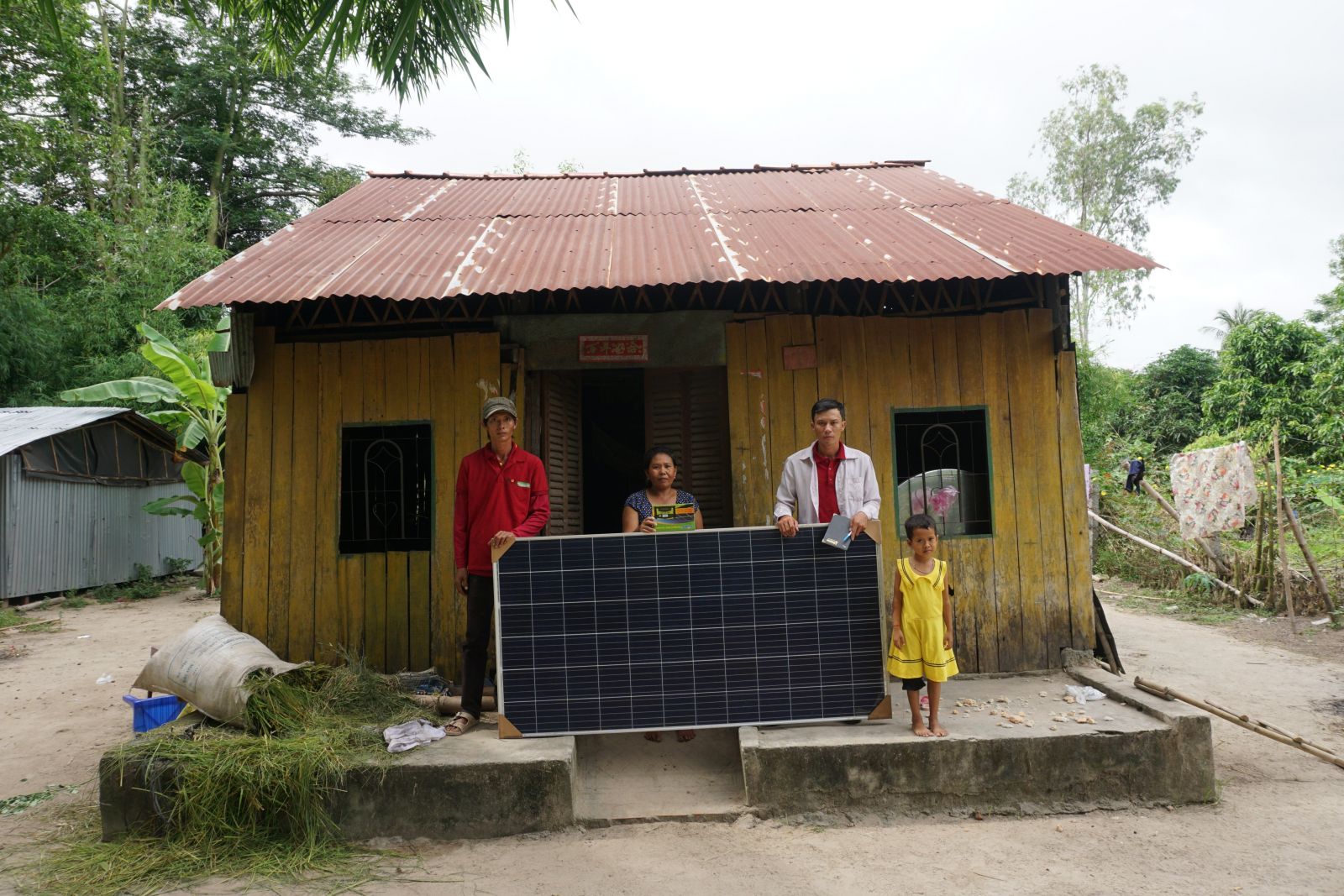

.png)
